How to teach Sight Words And What Are They?
If you have a young reader or a child in kindergarten, you have probably heard the terms sight words, High Frequency words, and Dolch words ether from your children or their teacher. However, if you grew up before these were a feature in classrooms, these terms may be confusing to you. We will take a look at what they are, and what they are used for here.
Sight words, together with phonics provide the bedrock of children’s reading. Playing games with flash cards, online or in the classroom will allow students to practice and recognize these words by sight. This allows them to try independent reading as the majority Children’s literature is made of sight words.
What Are Sight Words?
If you are sitting there not knowing your sight words from your Dolch lists and high frequency words that’s just fine. Check the table below and we go through the differences ( not that many) between them. Sight words are often divided into two or three categories.
The first is high-frequency words. These words are found frequently in nearly every text your child will ever read. They are, often but not always, decodable words, meaning they can be easily determined using typical phonics skills. These are so common that, after a while, readers will decode them on sight. Readers no longer have to think about the word.
The Dolch word list is a list of common English words that can be used to teach reading. These lists were complied by Edward William Dolch. He created this list to help struggling readers become more independent and confident readers. by researching the most common words used in children’s books. It was about 70 years ago so these will have changed of course. As a rule these lists do not contain nouns, and the original 220 word list aimed to cover 50-70% of the words found in childrens books.
The other types of sight words are the words that are not easily decoded using phonics. Sight words are the words that young readers have to learn to read without the reading skills they have been learning. These words do not follow typical spelling or pronunciation conventions. They need to be recognized on sight rather than decoded. They are often very common words in English.
| Differences between High Frequency and Sight Words | ||
| High Frequency Words | Sight Words | |
| Are likely to make up to 25% of any text High Frequency Words are usually decodable words While they are very common in all literature, they are REALLY common in Children’s literature. | Combined with High Frequency Words sight words can make up 50% of ANY text The majority do not follow phonics rules and are not decodable. Sight words do not have to be common words. |

Is There a List of Sight Words?
Oh yes, there are probably more lists of sight words on the internet than there are sight words. One reason high-frequency words are included in this list is that they are sometimes not decodable early in reading instruction, but they do usually follow phonics rules. You can access a list here that is both printable downloadable.
Even with rigorous instruction and work, children don’t master the first 100 high-frequency words until nearly halfway through their first-grade year[1]. Assuming that they attended kindergarten, that is a year and a half worth of work. For children who also attended preschool, that can be two to three years of work.
Some links for you to grab those lists. No need to buy them unless you are looking to save time on design / want cards as there are so many of these its crazy
These links go outside this website, so we will be compiling our own at some point so we know they wont disappear in the future 🙂
Why Teach Sight Words?
Sight words improve your child’s reading ability in several ways. Children will learn at different paces and a variety of ways, so don’t expect any two to learn them at the same rate or the same list of words. If there are so many lists and ways to learn, you may be wondering why we even teach them.
Why Are Sight Words Important?
- There are multiple benefits to learning sight words early. When children learn sight words, they learn a skill that will stay with them for the rest of their lives. Language is much easier to learn as a 10 year old then a 30 year old!
- Students who know sight words can read faster and more easily than those who do not know them. Sight-word readers can recognize elements of text automatically before having to use any decoding strategies.
- It also allows a base vocabulary to be developed and allow real tangible use of language. it gives students quick wins in their English language journey which is hugely beneficial for both motivation and encouragement.
- A huge range of Children books will contain High frequency, Dolch and Sight words. this allows children to quickly learn to read and comprehend these simpler stories.
- The more words you know how to read, the better you will read. That is a very simple concept, but it is true. Likewise, broader vocabularies improve reading comprehension. Many of these sight words are crucial to reading comprehension in early grades. Some of these words include: of, have, and was. These words are instrumental in young children’s reading development.

Sight Words Improve Reading Skills
- By teaching students different sight words and how to read them, it allows them to be more familiar with what they will be reading in the future. This helps with developing their language skills as well as their writing and reading skills.
- By learning words by sight, especially words that don’t follow phonics rules, children have a base vocabulary. it means they have more time to use their phonics skills on words that can be decoded and then both skills are being practiced.
- Learning sight words can help students learn how to read quickly, and the more they can read, the more texts they read the more they learn. The more they learn the more they can put this knowledge into action and practice in other subjects as well as English.
- Being able to read, both in Native and second language is a great confidence and motivational boost for all levels of English students, by having this base vocabulary they will be able to understand and make more associations.
Sight Words Make Phonics Instruction Easier
- Learning sight words can help you teach phonics more effectively. First, you will already have a list of words that do not follow typical phonics patterns that you can demonstrate as exceptions. They will already be familiar with these words, so you do not have to teach them a phonics rule and an exception at the same time.
- English is hard. People used to assert that it was the most complicated language to learn. The level of difficulty is subjective, but the truth is that English has more exceptions than rules, it seems. Just consider the “rule” “i before e except after c.” The rule itself lists an exception.
- Knowing these non-decodable words already gives you a way to scaffold their knowledge. Scaffolding is often cited as the best way to teach new information.
- Students ability to have this core word knowledge of words that they don’t need to decode, especially if Dolch or High Frequency. With these words being so common in children’s books it will allow them to focus on recognizing words that can be decoded. it will develop an inbuilt pattern recognition in English which they can then apply as their texts get more complex in following years.

Read Up to 50% of All Texts
Many experts estimate that up to half of all texts are made up of the high-frequency and sight words. This percentage increases dramatically in children’s literature. If your child learns to read those at an early age, they can breeze through many of the texts that they find in their homes and schools. Children will be readier to learn more reading skills if they already feel successful.
As an example Cat in the Hat, (a little dated now of course) is almost entirely made up by words on the Dolch list. You can check out this link to see how that works for Green eggs and ham as well.
Allow Students with Disabilities to Communicate
- Sometimes learning sight words can help people with disabilities in communication. Learning to recognize these words on sight helps students with disabilities build reading skills and often recognize words essential for communication.
- Sight words can be very beneficial to students who have learning disabilities. Sight word recognition is a key component to reading. By being able to recognize these words, it will help the student in being able to decode the word and gain meaning from it as well.
- A student with reading disabilities may take a little longer than other children to learn how to read. A student who has learning disabilities may take an extra year or two before they are able to decode a word on their own, however sight words allow them to still be able to be read something even if they can not decode it by themselves as of yet.
- Since they are often coupled with high-frequency words, these words are often those necessary for acquiring assistance, food, or shelter.
Sight Words are Rebels
Sight words are rebels. They don’t follow simple phonics instructions. The high-frequency words that follow phonics rules often follow the more advanced rules and are more challenging to understand. Therefore, students must learn these high-frequency words without the benefit of rules and “sounding out” the combination of letters. These words must be learned on sight.
Learning words that don’t follow the rules also opens the conversation for children to learn that each rule tends to have exceptions. English is challenging because of rebel words, parts of speech, and context. Learning sight words can help children understand examples of these rules and to be prepared for them when they encounter them in the future.

All Words Have The Potential To Become Sight Words
The goal of reading fluency is to make all words sight words. If sight words can be read without decoding, think about how you read. Sure, some words are hard from time to time, and you may need to decode them. You still use those skills that you learned in early elementary school.
Sounding out context clues, dictionaries (or apps), and root words are often used by adults learning new words. While paper dictionaries have given way to digital ones and Google, they are still invaluable in finding the solution to what a new word might mean.
We also use the dictionary to teach us how to pronounce the word and what the contexts are. However, quickly, children and adults learn these words, and they become a part of their vocabulary. They no longer need to decode them and can quickly move through a text. Beginning with sight words can help the brain get used to just looking at some words and knowing what it means.
Which Should Be Taught First Phonics Or Sight Words?
The answer is that it depends on the student. Sight words are said to be important, but phonics, which is breaking down a word into its individual letters and sounds and then putting them back together to make a word, should not be ignored.
Children need both skills in order to be successful readers. In order to read fluently, they need sight recognition and decoding skills. These two skills function together to help children figure out the meaning of what they are reading.
Some children need to develop a better understanding of letter sounds first before learning phonics. Some can understand several sight words before learning to read. Generally speaking we encourage both to be taught simultaneously, children should be read to every day and encouraged to read as much as possible.
It is important for parents and teachers to give their students all of the tools that they need in order for them to learn how to read effectively.
This is where we can help you achieve that. We are a resource site ( not just a blog) if you you check some of the links in this article they will lead you to mostly free and some paid resources to help both with phonics and sight words. We have our 7 workbook Phonics set below Which with 373 pages of activities is HUGE!
Tips For Teaching Sight Words.
Sight words can be taught using the following methods: Sequencing, repeating, reading, writing and digital resources. The more ways or methods you can use the more different learning styles you will address and the more success ALL your students will have. The earlier you can start the better and we have some kindergarten sight word worksheets here for free as well.
Children can learn the sight words simply with flash cards and flash card games. However making a game of it is always better. There is quite a cute bubble gum pop game we sue that is super simple and always has children playing at recess and free time as well as lessons. We are actually making our own version put in the mean time here is the Amazon link below if you want the professional version.
Although rote learning is not “completely” ineffective, students can learn by using other strategies such as the word family strategy. Students could learn to recognize sight words by learning how to read and write short words that are similar.
Once they have learned these short sight words, they can advance to longer-word learned sight words. This strategy is known as the word family strategy because students are already familiar with a pattern of letters used to form a word and using this knowledge produces an easier way for them to read larger words that derive from it.
School often use word banks. A word bank is series of words that your child is learning at school. Ideally if your children’s school is teaching reading skills these will be a mix of sight and decodable words. If not, maybe you could ask the teacher to do this, or even split them yourself.
When teaching sight words make sure you do it as an integrated activity. This, although a little work, is really the most effective way to ensure your students do not ”learn for the test” and forget afterwards. Have readers, and literature in the classroom or home that contains these words.
We have a HUGE selection of elementary reading passages that contain most of these words for download in our workbooks. The picture link is below for our Kindergarten and grade 1, and our grade 2 to grade 4 Workbooks.

Classroom Games and Activities To Teach Sight Words.
There are many games that students can play in order to learn sight words. These games can be flexible and adjusted to different age groups and learning abilities. This really requires an article on its own ( we are n the process of writing it for both classroom resources and online games) However here are a classroom game, a word wall idea, a card game and an online game to get you started here!
“BINGO”. its like this game was invented to teach sight words. Simply read from a list of words, print the bingo cards and the children have to mark off the words as they hear them. They win if they get a complete line or complete card. You can offer prizes or stickers if you want a little reward for them.
Word walls in classrooms are good to create an English environment, this is even more important in an ESL setting . This way, students would be able to read the words and get tips during the lessons. (not everything has to be a test!!)
An alternative would be to hang blank walls in the classroom. Students can write any word that they wish on any wall and then a certain time, all the words will be erased and then new ones will be made. This can help children learn how to recognize and remember sight words better. Moreover, you also give your classroom a personalized feel with colorful on walls that could possibly help in children’s motivation as well.
Flash cards and card games can be used to help students learn sight words. You can create a word game of sorts in which the students will look at the word bank then play a card game with sight word cards and then review them during class time.
This works great for the ESL student, who need to practice, practice, practice!
Word Hop and Pop by Making English Fun ( which is us!) is a useful online game for students because it helps them to learn different words and letters both visually and by listening. We did make this game as Phonics game, however in both of the games we also have two sections and games for sight words. This is free to play and you can check it out here.
How many words a week should we teach to students?
Children learn different sight words at different rates. Some may learn 15 words in one day and some may need quite a few days to learn the same number. On average, it is recommended that children be taught or introduced to 30 to 50 new sight words per week, the actual figure is 7 a day.
Teachers should be aware if they are going to fast for their students though and be prepared to adapt when required.
It is important for parents and teachers to provide students with lessons on how to read these new words in context as this will help them solidify what they have already learned.
Children should also be given lots of opportunities to practice reading the words, in order for them to gain confidence when they are trying to read something aloud or memorize it for a test or quiz.
How Can Parents Help Their Children Learn Sight Words?
Children must have plenty of time to practice these new words and learn how to use them in the context of other sentences. It is recommended that children be exposed to their current and new word list at least three times a week.
The reason for this is because they will be able to better remember the words that they are practicing by using them on a consistent basis in context. try playing games at home or in the car to help reinforce the new words that you are working on in your child’s lessons.
Sight words are important for students to learn because they are essential for them to being able to read in the future. Sight words should be taught at every grade level. Children need more time and practice to master these sight words as they get older.
In order for students to learn sight words, there must be time spent outside of normal class time on learning them. This will help embed knowledge of how these words can be used in a sentence and so it is easier for the students to remember and use the word correctly later on.
If you have just started using these resources, we encourage you to look at the different ways that you can use them in your home or classroom. By providing multiple ways for students to learn, it will keep them engaged with the material and make things more interesting. Plus, this will help reinforce the lessons learned from other areas.
Final Thoughts
There are dozens of reasons to teach sight words. You can also do this in a variety of ways. Children learn with repetition and play. Children are eager learners, and with a solid base of sight words, they can learn to read and do nearly anything else.
They can read most of the texts available to them, and they can pick up new words rapidly. We gain most of our vocabularies in our earliest years of life. Children already know these words in spoken communication. Learning them as an extension of their written communication is a logical first step and one that will lead to many more steps on their reading journey.
We have huge amounts of resources to help you teach reading , both in our Free Section and in our shop. Feel free to browse and download what you need. 🙂
[1] https://www.thesecretstories.com/how-phonics-works/sight-words/

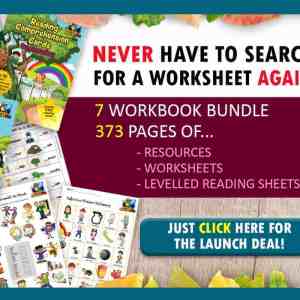

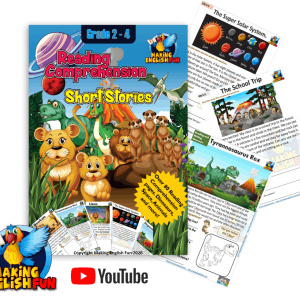
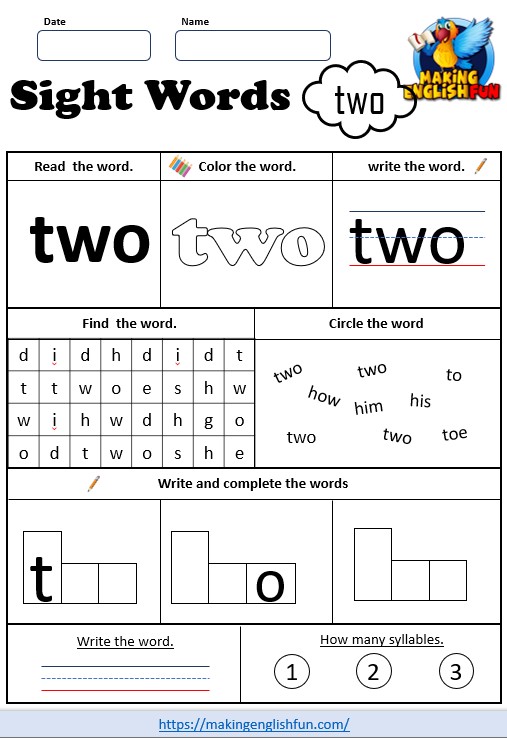
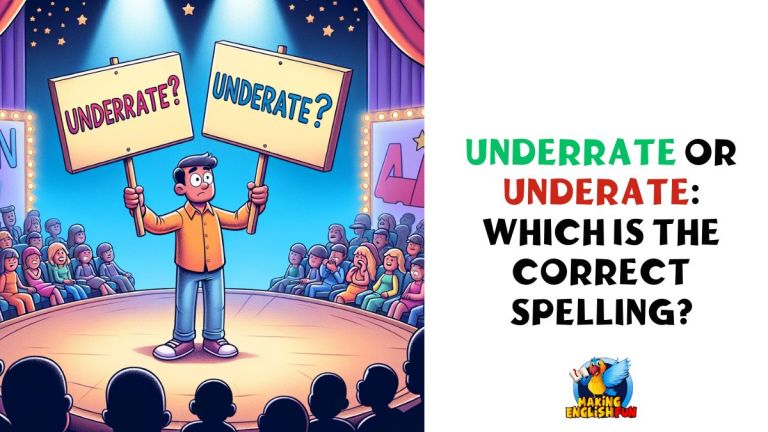



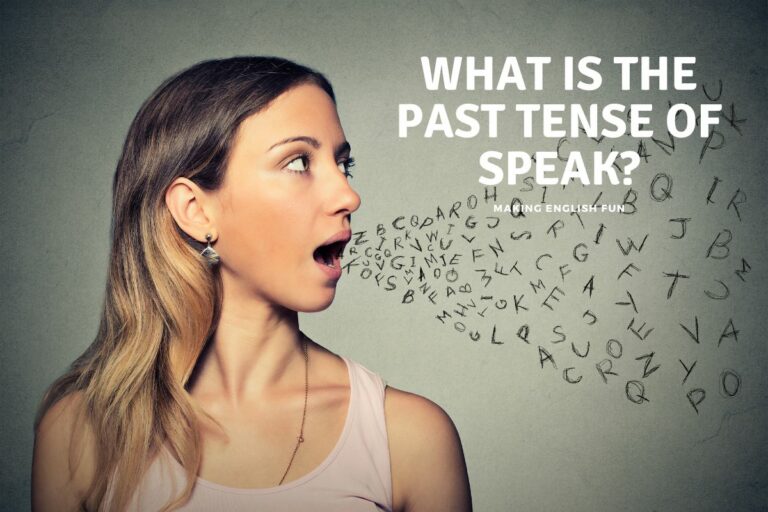
7 Comments